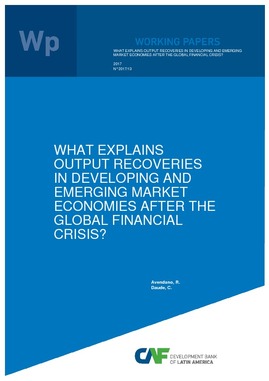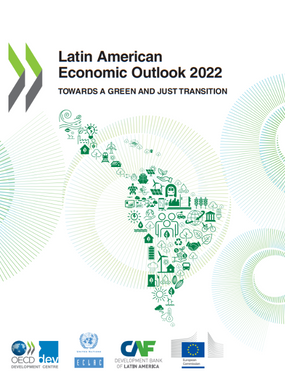What explains output recoveries in developing and emerging market economies after the global financial crisis?
Abstract
This paper presents a systematic assessment of the macroeconomic factors associated with differences in GDP dynamics in emerging markets in the aftermath of the global financial crisis. We implement a Bayesian Model Averaging approach to explore the drivers of economic resilience – measured by the output recoveries for a group of 40 emerging economies after 2008, which allows us to account for the uncertainty in the model selection of the relevant variables. Out of a large group of variables used in the literature on balance of payments crises and early warning indicators, we find that a reduced set of variables is systematically associated with output dynamics after the crisis. Countries with overvalued currencies, current account deficits and larger external liabilities before the global financial crisis exhibit systematically weaker output recoveries afterwards. These findings are robust to different definitions of output recovery, the distribution of priors and exclusion of potential outliers. There is also some evidence, but less systematic, that de facto financial openness, links to European banks, and trade openness had a negative impact on output recoveries.
Subject
Date
2017-09-26Cite this publication
Belongs to collection
Author
Avendano, RolandoDaude, Christian
Items Relacionados
Latin American Economic Outlook 2022. Towards a Green and Just Transition
Latin American and Caribbean (LAC) countries are at a critical juncture. Just as the region was looking forward to a rebound in growth and a more ...
CAF Annual Report 2022
2022 was a key year for CAF’s consolidation process on its way to becoming the green bank and the reactivation bank for Latin America and the ...
RED 2024 - Capítulo 3: Punto de partida: sistemas energéticos de ALyC
La energía es un recurso esencial para el bienestar y el progreso económico de la sociedad, desempeñando un papel crucial en la vida cotidiana de las ...






